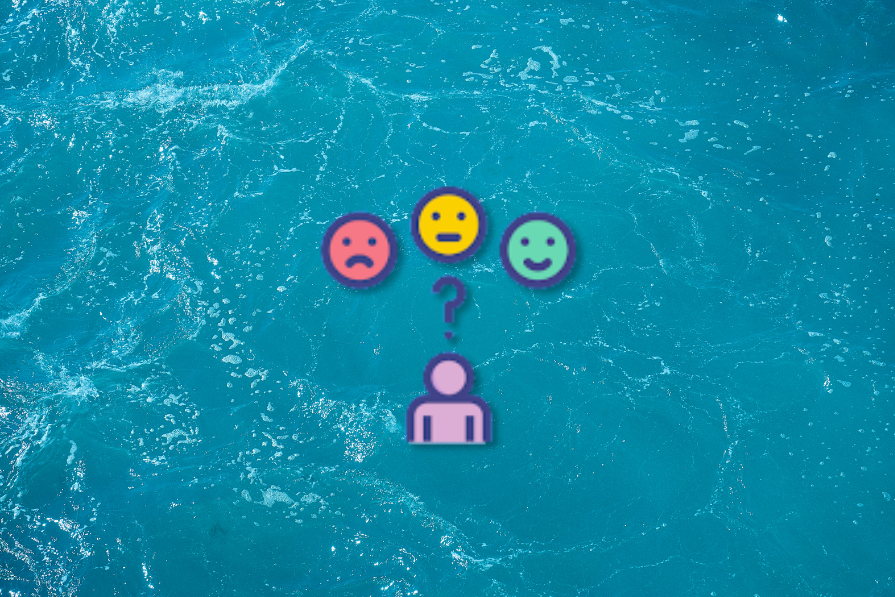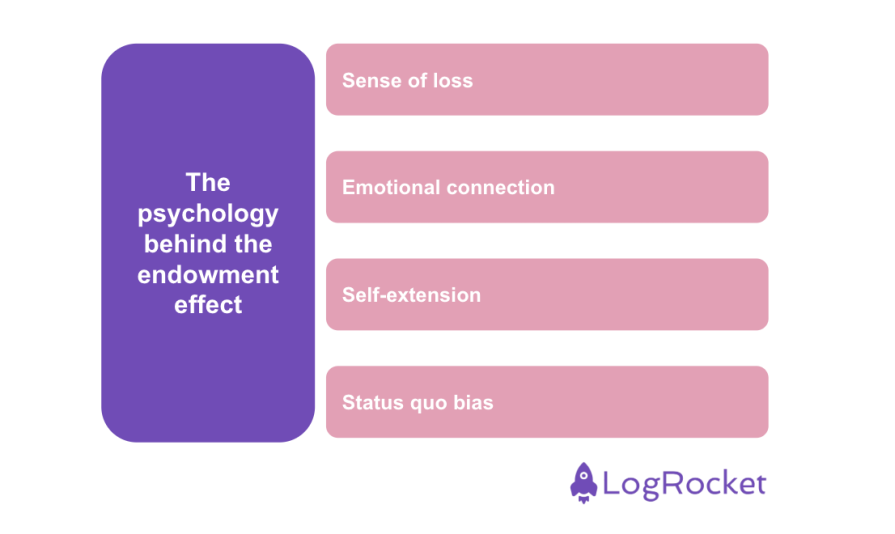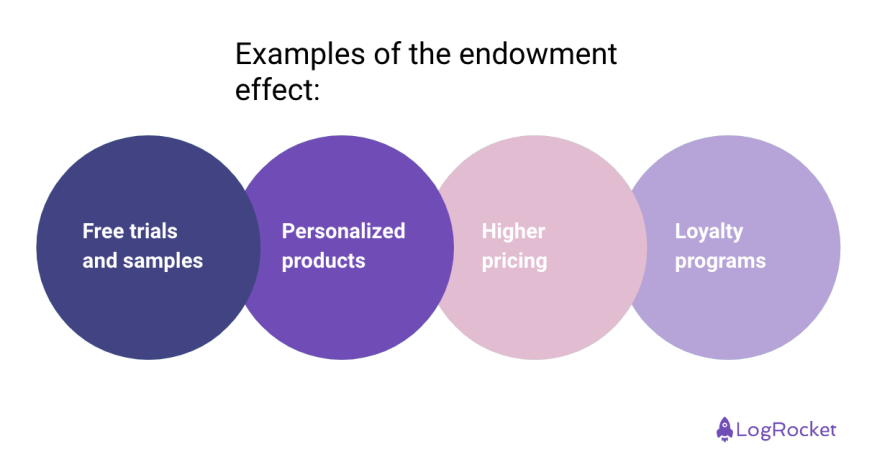Have you ever wondered why people often value the things they own more just because they own them? Sometimes, people value what they own way higher than its actual market value. This phenomenon where ownership influences value perception is called the endowment effect.

Today you’ll explore how this influence shapes consumer behavior and learn about its connection with loss aversion. You can use the endowment effect to better understand customer decision-making and loyalty.
The endowment effect is a psychological quirk where people place higher value on things simply because they own them. For example, you might think your coffee cup from high school is special even though it’s not really in the best shape now.
This bias can easily lead you to falsely perceive the worth of your possessions, in many ways:
But what’s the psychology behind it and why does it lead to such consistent behavior?
The psychology behind the endowment effect is actually simple to understand. It involves four different principles working together to shape your perception:

You tend to care more about your losses than what you gain. It’s a simple bias where owning an item always comes with the fear of losing it and that fear leads to your false perception of value.
Being emotionally attached to things is pretty common in all age groups. You tend to associate things with certain memories and emotions. This emotional value adds to the actual value of the possession.
Once you own something, you start to see it as an extension of yourself. Because of this, the loss of such a thing would seem like a loss of your perceived identity.
When you own a thing, it becomes part of who you are, your status quo. And this familiarity leads you to have a false perception of value.
In marketing, several strategies are built around the user’s expected biases and valuation of products. Some of the very common examples are:

Many brands offer free samples of their products. The reason is that even if the product is in possession of the user for a little bit, they’re still likely to purchase it.
This has been a trend lately. For example, Nike offers customization in-store called “Nike By You” where users can buy a pair of sneakers and get them customized. This adds a personal touch to the purchase and enhances the ownership experience.
Things for sale on eBay and Craigslist are often expensive due to the endowment effect on the seller’s side.
Companies offer loyalty programs that are often paired up with a points-based reward system. The main aim is to enrich the ownership experience of the consumer so they feel attached to the product and to the brand.
Loss aversion and the endowment effect are closely related psychological concepts. At its core, the endowment effect causes you to overvalue your possessions due to your natural fear of losing them. This is where loss aversion stems from.
In other words, when you’re selling something you often demand a higher price because you don’t want to give it up easily. For example, Martin won an antique clock at an event and got emotionally attached to it. His friend wanted to buy the cup from him but Martin stated a high price.
There is another psychological effect that is a combination of loss aversion and endowment effect. It plays a crucial role in marketing strategies for the modern-day consumers. It’s called the “endowed progress effect.”
This effect is pretty prominent in customer loyalty programs. The main idea is that by providing an artificial advancement towards a goal can boost customer engagement.
The psychology behind this effect states that people are more likely to complete a task if they have a head start. The head start can even be artificially provided. For example, in customer loyalty programs, customers are sometimes provided with a 10 percent discount and this sets their mind on the next reward they will get, thus keeping them engaged with the brand.
The clever combination of endowment effect and loss aversion makes this effect a powerful tool in marketing products.
All three psychological patterns discussed earlier, are well-known psychological patterns but they can lead to unexpected behaviors. These behaviors can make customers act in seemingly random ways.
For example, customers might overestimate the value of certain things. They can also resist better options or replacements for their possessions.
Some of these might include:
Understanding these anomalies can lead to better strategic planning from product marketers and managers. This is the key to identifying user behavioral patterns and thus driving more engagement.
To minimize the impact of the endowment effect, certain strategies need to be adopted. The goal is to minimize the impact on decision making and consumer perception:
As a product manager, it’s vital that you understand the psychology of your customers and how their biases might impact their purchasing decisions. By keeping in mind the endowment effect, you can account for a customer’s preference for what they already own. Once you’ve gained customers, make sure to build out brand loyalty and focus on developing an emotional connection with your users.
A balanced approach to customer acquisition and retention takes into account the endowment effect, as well as other cognitive biases to make better decisions and create products that users find useful. Good luck!
Featured image source: IconScout

LogRocket identifies friction points in the user experience so you can make informed decisions about product and design changes that must happen to hit your goals.
With LogRocket, you can understand the scope of the issues affecting your product and prioritize the changes that need to be made. LogRocket simplifies workflows by allowing Engineering, Product, UX, and Design teams to work from the same data as you, eliminating any confusion about what needs to be done.
Get your teams on the same page — try LogRocket today.

Most teams fail at autonomy. Learn how clear rules help product teams move faster without micromanagement.

A practical framework for PMs to use AI in ideation without sacrificing judgment, strategy, or decision quality.

A practical five minute revenue estimation method to help product managers compare ideas, drop low impact features, and prioritize smarter.

A practical guide for PMs who want to stop being bottlenecks, delegate smarter, and lead teams effectively with a clear ownership framework.